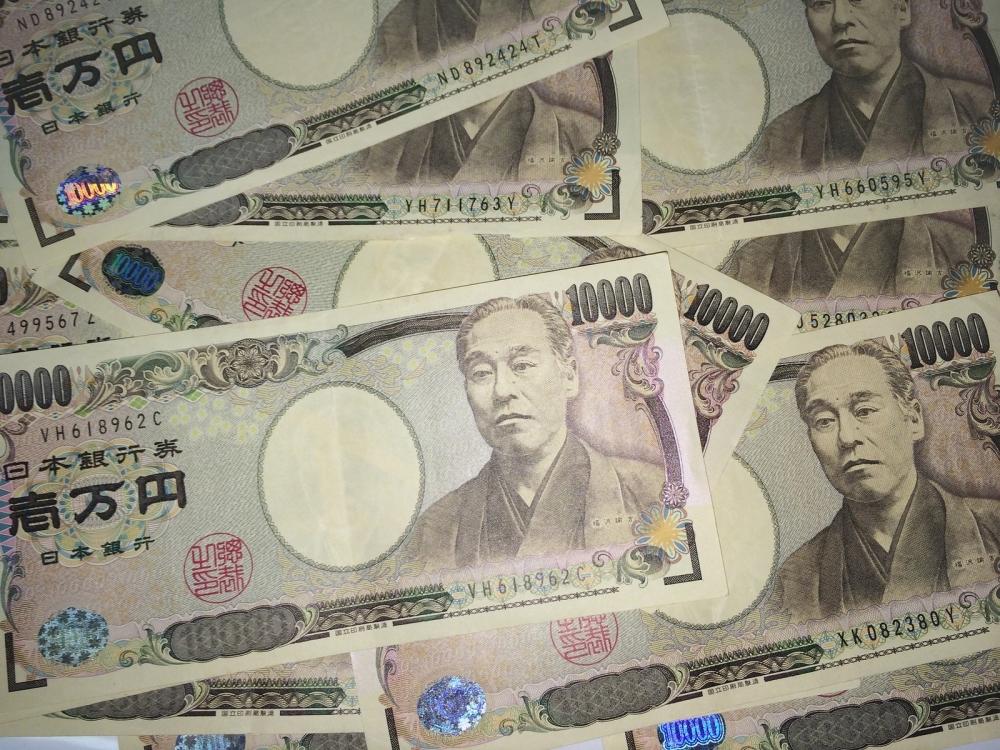BNY Mellon: JPY Risk
BNY Mellon: JPY Risk

By Neil Mellor – Senior Currency Strategist, BNY Mellon
By Neil Mellor – Senior Currency Strategist, BNY Mellon
With the USD facing an uncertain outlook just as technology leads global stock prices into retreat, history reminds us of the possible implications for the JPY, and by extension, the Japanese economy. Here are a few key points to bear in mind.
The USD
The bullish USD case has in part rested on the currency having the fewest blemishes in an ugly parade and the first tentative signs of equivocation about policy at the Fed may have impaired the currency’s more positive attributes.
We note that the correlation between the USD Index and two-year US Treasury yields over the past 200 days stands at 88%, up from 78% back in April.
Correlation
The combination of a weaker USD and rising risk aversion constitutes a significant upside risk to the JPY – a currency renowned as a safe haven (albeit largely as a result of its central role in the risk-sensitive carry trade). Since 2004, aggressive JPY buying has tended to coincide with falls in equity markets – good examples being August 2007, H2 2008, May 2010, March 2011 and August 2015.
Triangulating the JPY’s performance with stock and bond dynamics, we note that the correlation between the performance of USD/JPY and the two-year Treasury/JGB yield gap over the past 200 days stands at an impressive 94%.
Volatility and Scale
Over the years, the relatively high cost of owning the JPY has resulted in vicious risk aversion-related moves higher in the currency: moves in USD/JPY on October 6-8, 1998 were a prime example, with overnight realized volatility spiking to more than 90%. And since 1971, the USD has registered 285 trading days when it has fallen 13% or more against the JPY over a three-month period.
Positioning
CFTC data in JPY futures contracts on the CME show that non-commercial players continue to run significant short positions. While not at the scale seen in the summer of 2007, the current position (102,294 net) is comparable to that running into the start of 2014 or the beginning of this year. We also note that short JPY positions roughly doubled over the second half of September when spot averaged 112.60.
Implications
Earlier this month, we suggested that global trade disruptions may have contributed to another false dawn in the age of Abenomics.
Economic trends indispensable to a self-sustaining recovery began to materialize in the autumn, but the latest run of figures appears to belie the positivity that appeared eminently justifiable just a few weeks ago.
Suffice to say that a strengthening JPY would imperil policymakers in their quest to secure a positive legacy for Shinzo Abe’s eponymous project.
Possible Response
Amid unrelenting fears of the distortive nature of low interest rates, the BoJ would be loath to resort to any renewed ramping-up in stimulus to counteract any JPY strength.
It is therefore perfectly possible that the BOJ – guided by the Ministry of Finance - could consider returning to direct intervention.
Indeed, since 1991 the Japanese authorities have intervened on 329 days in USD/JPY, and if this were considered an option, then we might expect to hear any action presaged by references to the G20’s position on volatility and fundamentals.
